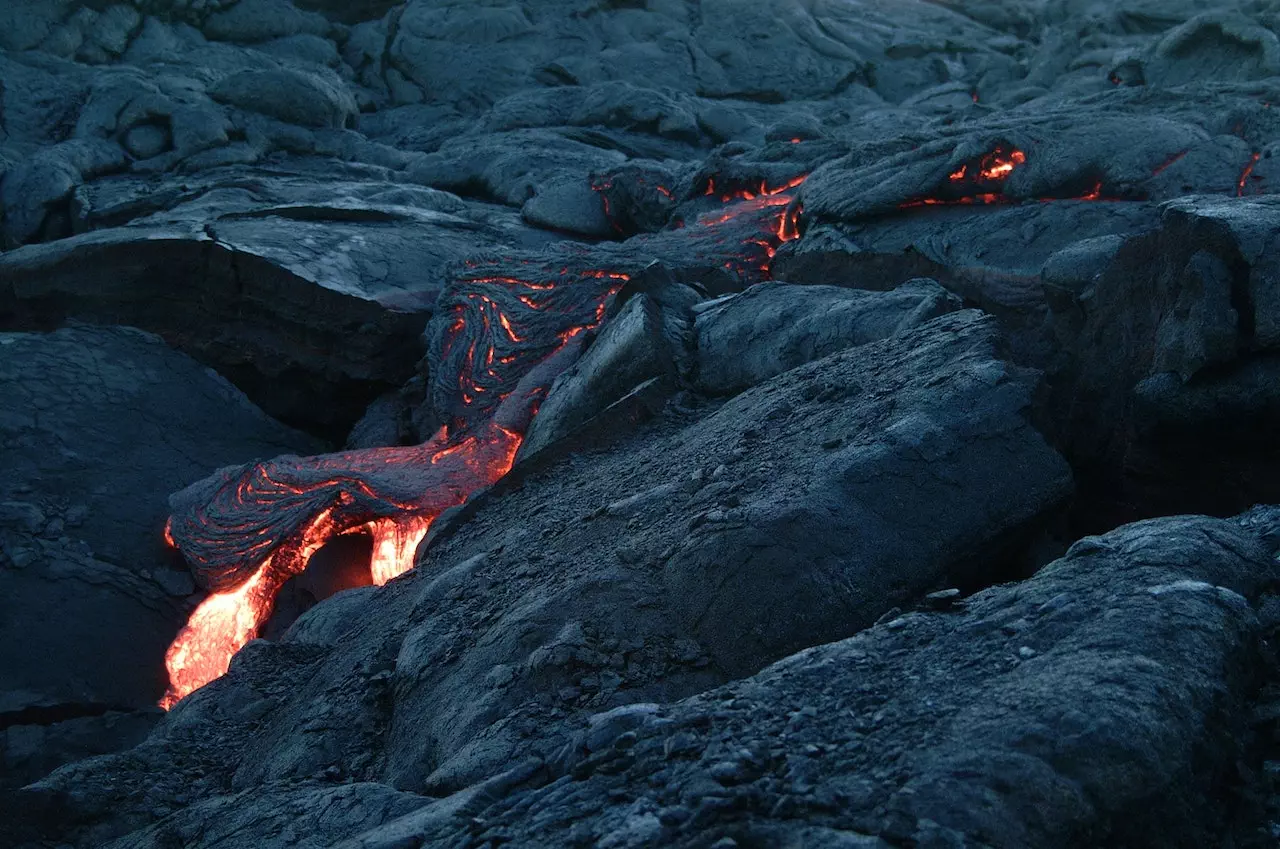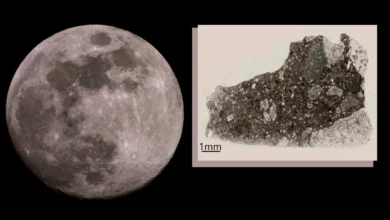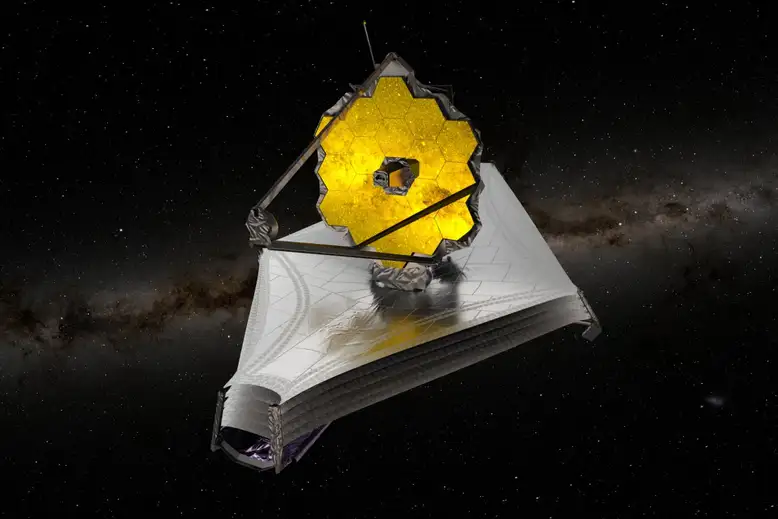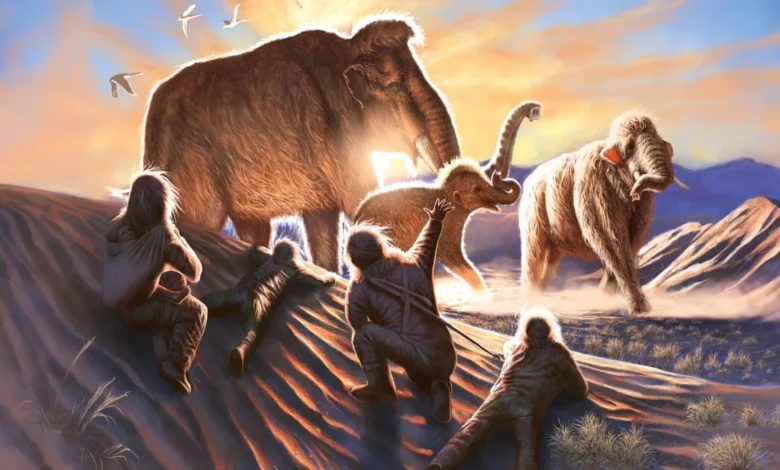
A new study found that hunter gatherers settlements in what is now Alaska were closely related to the movements of a female woolly mammoth that lived 14,000 years ago, and her tusk contained the secrets. Throughout her life, the animal traveled approximately 620 miles (1,000 kilometers) from northwest Canada to interior Alaska.
The discovery sheds light on the relationship between the woolly mammoth, his tusk, and some of the first hunter gatherers. They were the first to cross the Bering Land Bridge, implying that humans established seasonal hunting camps. And those camps are located where woolly mammoths were known to congregate.
Researchers from the United States and Canada discovered the link between the two species. Using a new isotope analysis tool, an ancient tusk, and a map of archaeological sites in Alaska. The tusk belonged to a woolly mammoth named Élmayųujey’eh, or simply Elma. This specimen was discovered in 2009 at the Swan Point archaeological site in central Alaska.
Related Article: Rare Unknown Creature “Fossilized Skin” is 286 Million Years Old
A new cutting-edge tool assisted the student in being able to run the research on the woolly mammoth tusk
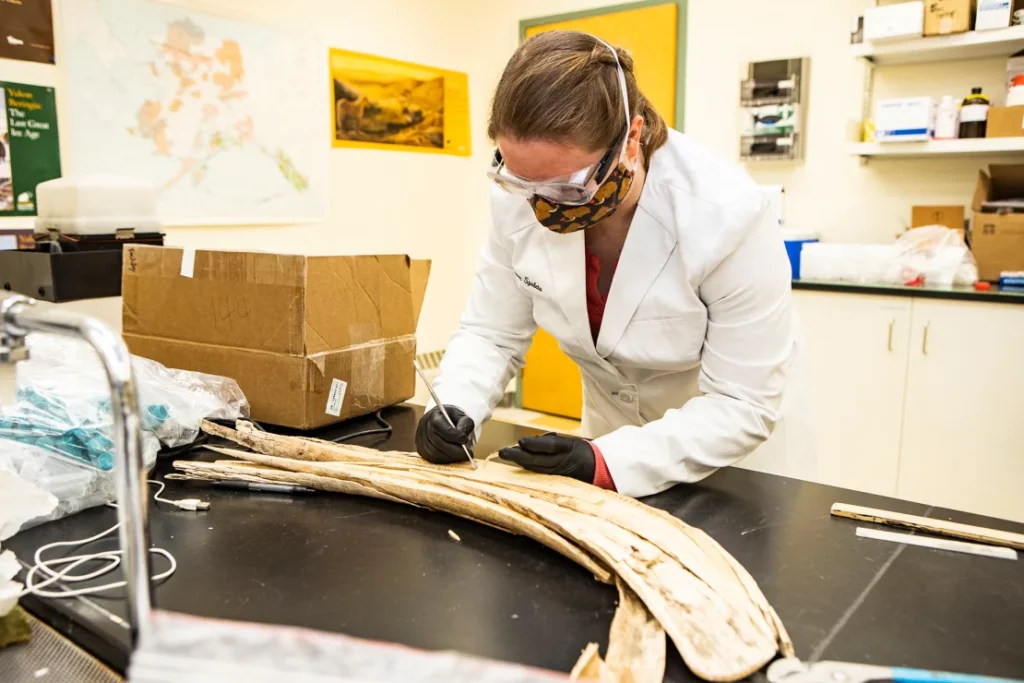
Audrey Rowe, a doctoral student at the University of Alaska Fairbanks, initiated the research after receiving a “cutting-edge,” high-precision tool at the institution’s Alaska Stable Isotope Facility. The tool analyzes samples for strontium isotopes, which reveal details about an animal’s life.
Matthew Wooller, Rowe’s adviser, used the same method to identify the movements of an adult male mammoth. He did so in a paper published in August 2021. The study’s senior author, Wooller, is a professor at the university’s College of Fisheries and Ocean Sciences. And a director of the isotope facility.
Strontium is a stable isotope formed when the mineral rubidium, an extremely reactive metal, is broken down. Rowe explained that the process is slow, with a half-life of 4 billion years. Rubidium degrades first into radiogenic strontium 87 and then into stable strontium 86 over time.
Out where the mammoths roamed, the rocks broke down into soil, plants grew, the animals ate those plants, and their tusks displayed the strontium level in each layer of ivory.
Related Article: Snakeworm in Alaska yields species new to science
The woolly mammoth tusk grew with aging, which gives a lot of details about animal life
Woolly mammoth tusks grew at a consistent daily rate, with the tip containing information about the animal’s early life. When a tusk specimen is split lengthwise, the layers become visible.
This analysis can then be applied to the mineral and strontium levels of rocks in Alaska to determine where Elma roamed.
“The US Geological Survey has done a pretty darn good job mapping rocks in Alaska,” Rowe went on to say.
Wooller then suggested that the team overlay Elma’s movements with the locations of local archaeological sites.
“And lo and behold,” Rowe went on to say, “you had a lot of overlap between the densest area of archaeological sites in Alaska from the late Pleistocene right on top of areas that Elma, our mammoth, was using during her life.”
Two mammoths’ DNA and radiocarbon were under analysis
The new isotopic data complements data sets derived from radiocarbon and DNA analyses of two related juvenile mammoths. Discovered at Swan Point to provide a more complete picture of life 14,000 years ago.
“She was a young adult in the prime of her life.” Her isotopes revealed she was not malnourished and died during the same season as the seasonal hunting camp at Swan Point. Where her tusk was discovered,” Wooller said in a statement.
Other researchers agreed. “This study significantly advances our understanding of mammoth behavior and also provides interesting clues regarding the interaction between humans and mammoths.” said Love Dalén, professor of evolutionary genomics at the Centre for Palaeogenetics in Stockholm, Sweden, via email. Dalén was not involved in the new study.
The revelations may also encourage more scientists to seek out new combinations of research tools to further their understanding of science and history.
“Overall, I think the paper is a fantastic example of how the use of a combination of different molecular tools. Such as isotope, DNA, and radiocarbon analyses, can provide groundbreaking and novel insights into prehistory,” Dalén said in a press release.
The findings were published on Wednesday in the journal Science Advances.
Changing the picture of hunter-gatherers
The new evidence advances more than just our understanding of the early relationship between woolly mammoths and humans.
Also “Elma wandered around the densest region of archaeological sites in Alaska,” Rowe stated. “It looks like these early people were establishing hunting camps in areas that were frequented by mammoths.”
The research also challenged what Rowe, the lead researcher, believed should be the image that comes to mind when considering each species separately.
Furthermore, the study team commissioned natural history illustrator Julius Csotonyi to create a digital image of both species. The final image includes all three woolly mammoths discovered in the Swan Point area. But instead of depicting humans as aggressive hunters encircling their prey, Rowe requested that the artist depict a family.
“These people were just like us, but we only ever see the aggressive hunting times of their lives,” she went on to say. Hunter-gatherers had to kill mammals using “complicated” technology to survive, “and it required a lot of skill.”
Rowe intended the image, which depicts a woman, a man, and children watching the mammoths, to show that “these people were spending tons of time teaching their children how to do everything.”

